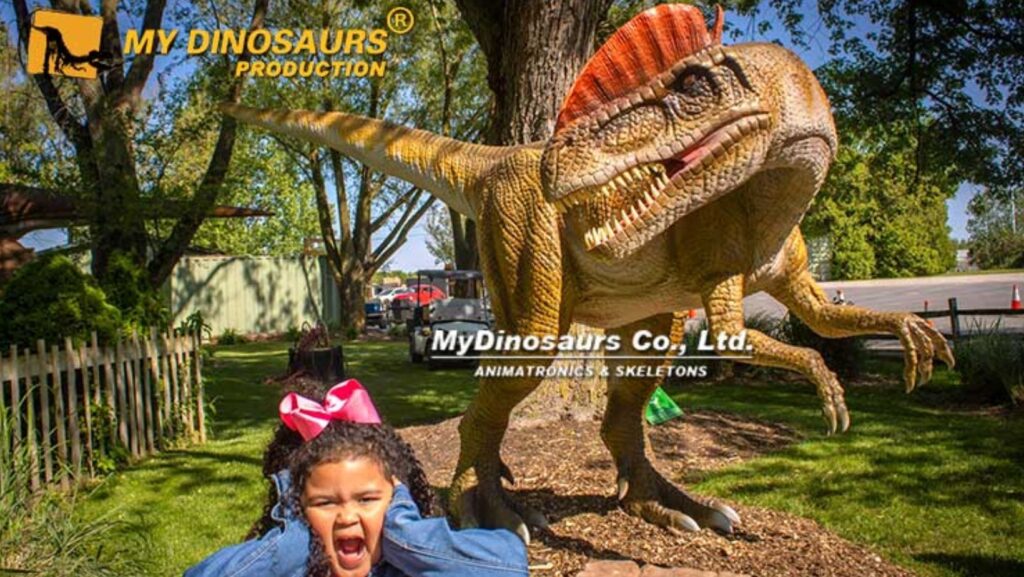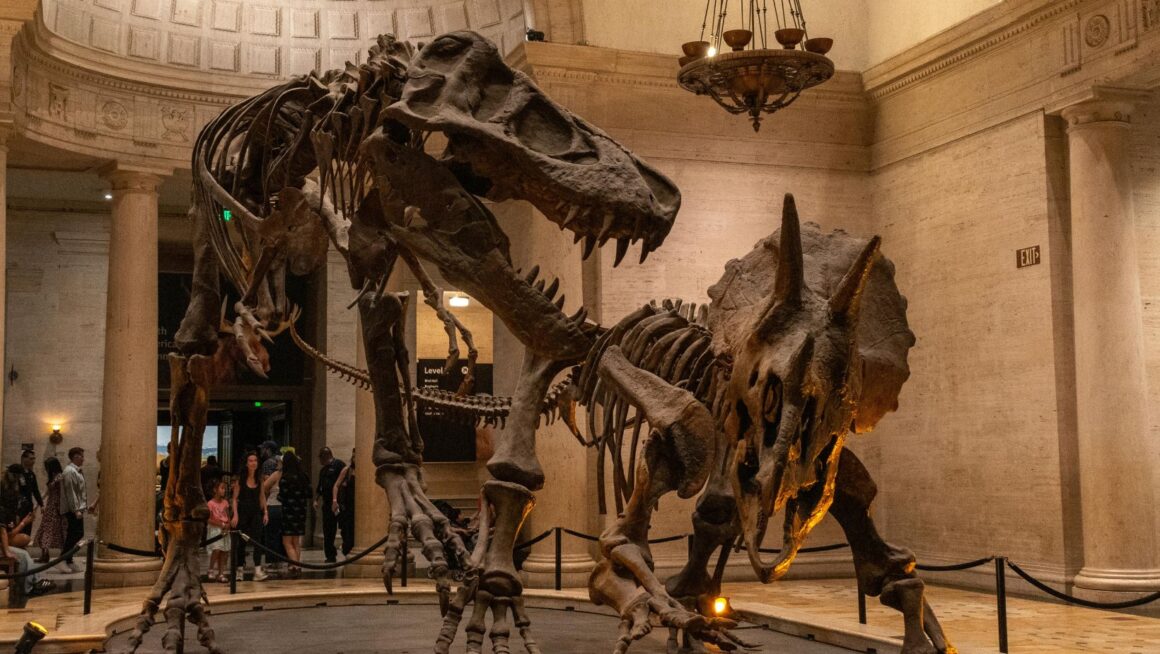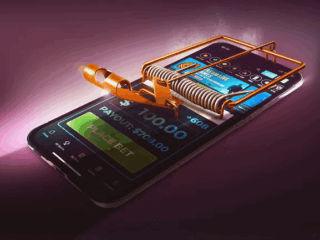
Dinosaurs have fascinated children for generations. Whether it’s the colossal skeletons looming in museum halls or the playful toys found in every classroom corner, these prehistoric giants never fail to capture young imaginations. What makes them especially powerful learning tools is how they naturally bridge the gap between wonder and science. A child who marvels at a towering replica is also a child eager to ask questions: What did these creatures eat? How did they move? Why did they disappear?
This curiosity is why educators and museums increasingly turn to lifelike replicas and advanced technology—particularly the dinosaur animatronic—to bring the past into the present. These models do more than entertain; they provide a hands-on gateway into science, sparking an early love for inquiry and discovery.
The Fascination of Dinosaurs in Childhood Learning
Dinosaurs hold a unique place in early learning because they are both mysterious and accessible. Children see them as almost mythical, yet unlike dragons or unicorns, dinosaurs are grounded in scientific evidence.
Key Drivers of Fascination
- Visual Appeal: The dramatic size, colorful reconstructions, and distinctive shapes make dinosaurs irresistible to children.
- Sense of Wonder: Their existence encourages questions about Earth’s deep past and the creatures that once roamed it.
- Educational Value: Dinosaurs become a natural starting point to teach concepts like fossils, evolution, and ecosystems in ways kids can easily connect with.
Pop culture further fuels this fascination. Movies, illustrated books, and animated series introduce prehistoric giants in fun, accessible ways, ensuring dinosaurs remain an enduring part of childhood.
The Role of Realistic Dinosaur Models
As children move from imagination to education, realistic dinosaur models provide a crucial link. Replicas give shape to creatures otherwise known only through fossils.
Storytelling with Prehistoric Giants
By weaving narratives around different species—like the long-necked Brachiosaurus or the fierce Tyrannosaurus—educators can introduce paleontological concepts in a relatable format. Children may roleplay scenarios, imagining themselves as explorers or scientists uncovering ancient secrets.
Scientific Accuracy Matters
Detailed replicas go beyond entertainment. They offer:
- Insights into anatomy: Children can observe teeth, claws, or body structure up close.
- Lessons in habitats: Models recreate environments to show how dinosaurs lived.
- Connections to modern animals: Comparing a Triceratops to today’s rhinoceros builds a bridge between past and present biology.
Through such experiences, replicas make paleontology both tangible and exciting.
Technology Bringing Dinosaurs to Life
While static models inspire awe, modern technology has pushed the boundaries even further. This is where the dinosaur animatronic transforms learning into full immersion.
Realistic Movement
Powered by robotics, these life-sized figures can:
- Walk with lumbering steps.
- Roar with synchronized head and body movements.
- Tilt their heads or swing their tails in lifelike gestures.
Hydraulic and pneumatic systems allow for smooth articulation, while dynamic poses replicate natural behaviors—feeding, protecting, or interacting.
Sound and Effects
To deepen the experience, many animatronics integrate sensory effects:
- Sound Systems: Recreating species-specific calls or dramatic roars.
- Lighting Effects: Spotlights or ambient glows highlight features and simulate environments.
- Synchronization: Coordinated sound and motion ensure movements feel authentic.
Together, these innovations create unforgettable encounters that blend science with spectacle.
Educational Applications in Museums and Classrooms
Dinosaur replicas are not just displays; they are powerful teaching aids.
Interactive Displays
Hands-on opportunities—touching fossil casts, manipulating skeleton replicas, or exploring multimedia presentations—encourage active participation. Children absorb more when they are involved rather than passive observers.
Learning Through Play
Play-based learning reinforces scientific ideas. Games, puzzles, and model-building activities allow students to:
- Develop problem-solving skills.
- Collaborate with peers in creative ways.
- Retain complex information more effectively.
Emotional and Cognitive Impact
By combining fun with fact, museums and classrooms make science approachable and enjoyable.
The influence of dinosaurs on young minds goes beyond facts and figures.
Sparking Curiosity
Exposure to prehistoric life prompts children to ask deeper questions:
- How did species adapt to survive?
- What caused mass extinctions?
- How does Earth continue to change today?

Such questions encourage exploration of evolution, geology, and ecosystems, laying the groundwork for lifelong learning.
Building Empathy and Imagination
Life-sized replicas, especially when animated, create emotional connections. Children can imagine dinosaurs as living creatures rather than abstract concepts. This empathy not only strengthens memory but also cultivates creativity, inspiring future storytelling, art, or scientific exploration.
Dinosaur Animatronics as Educational Tools
Among the most impactful tools in education today are animatronic figures. Unlike static models, they combine motion, sound, and realism to create unforgettable experiences.
- Captivating Realism: A moving, roaring replica seizes children’s attention in ways a textbook cannot.
- Museum Highlights: Exhibitions worldwide feature the dinosaur animatronic to merge entertainment with scientific education.
- Interactive Features: Buttons, levers, or digital integrations invite children to control movements, fostering active participation.
- Cross-Disciplinary Learning: From engineering (robotics and hydraulics) to art (sculpting and painting), animatronics highlight how multiple fields contribute to understanding the past.
One notable provider, MyDinosaur, creates highly detailed animatronics designed for both educational and creative settings. By blending scientific accuracy with engaging features, they help institutions bring paleontology to life for learners of all ages.
Conclusion
Dinosaurs remain among the most effective tools for sparking a love of science in children. From simple toys to advanced animatronics, these prehistoric creatures connect curiosity with knowledge in ways few subjects can. Realistic replicas and modern dinosaur animatronic models ensure that learning is not only informative but also deeply engaging.
By blending imagination with scientific rigor, educators and museums can inspire the next generation of scientists, explorers, and dreamers—children who see wonder in the world around them and who carry that curiosity into the future.












